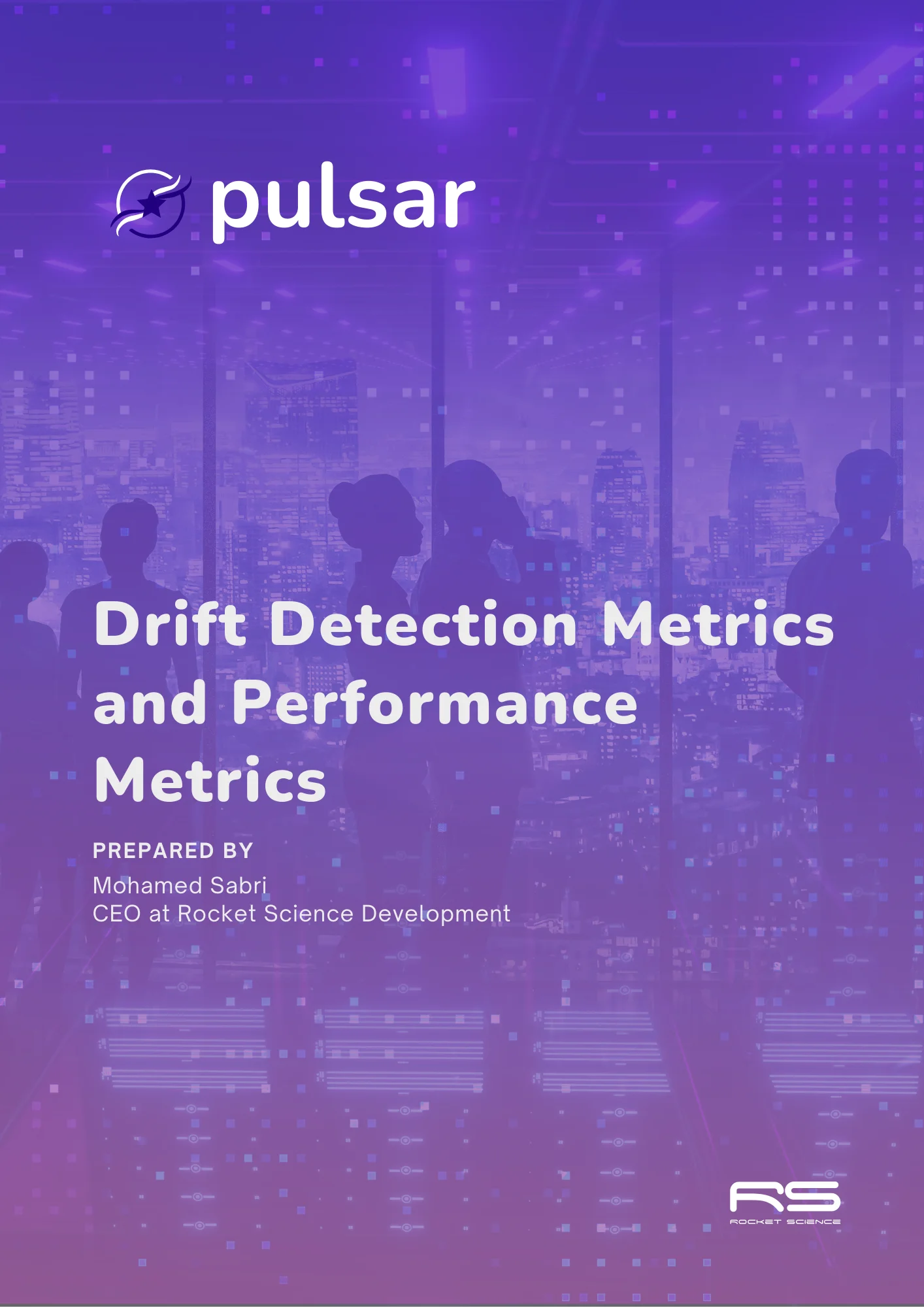Introduction to Machine Learning Observability
In the contemporary world, we interact with Artificial Intelligence (AI) in some form or another every day. On the other hand, businesses are progressively using machine learning (ML) models, the most common type of AI, to improve their operational efficiency and decision-making ability. However, deploying ML models in business operations presents many technical challenges, such as performance, accuracy, and scalability. These ML models now support use cases in many forms and modalities (tables, time series, text, image, video and audio). Furthermore, these models handle vast amounts of data, which can be either delay-sensitive or reliable sensitive, to deploy in a cloud or distributed platform. This mode of deployment and execution adds complexity to the system, which can negatively impact its performance.

